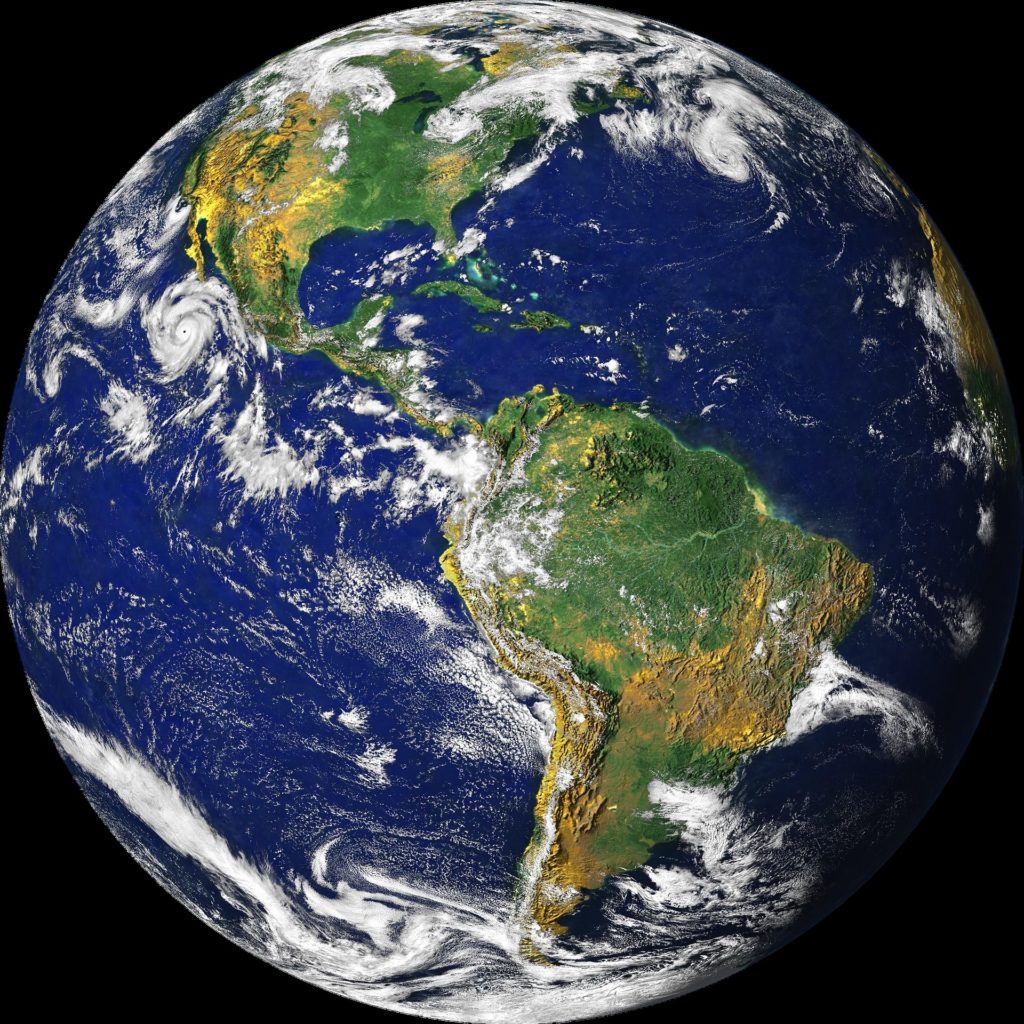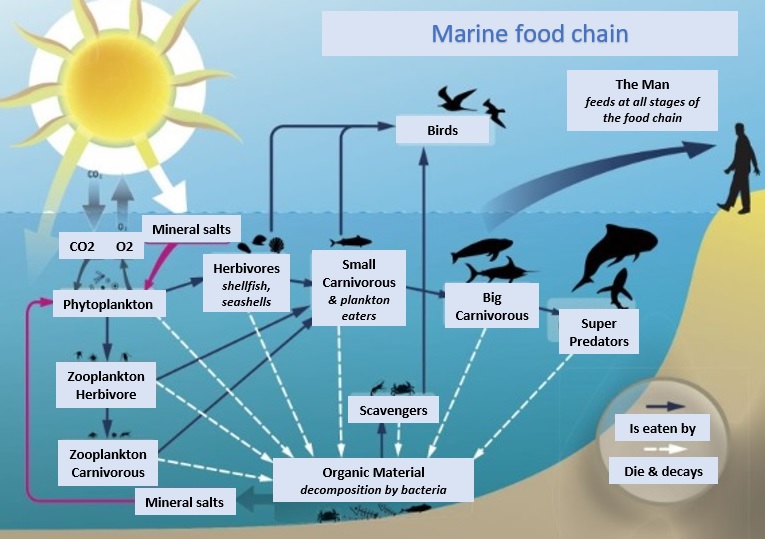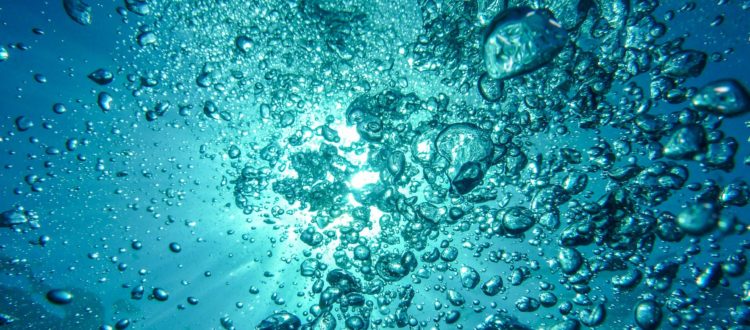Impact of global warming on ocean currents
We know the main effect of global warming, namely the increase in temperatures involving in particular the acceleration of the melting of glaciers, but on the contrary, one of the other unknown effects caused by this warming is the sudden cooling of certain parts of our planet.
The waters of the seas and oceans are in perpetual movement on the globe. Their movement is called ocean circulation translated by marine currents. These waters move on the surface and in depth thanks to several factors: the radiation of the sun; the rotation of the Earth; the density; salinity and temperature.

There are two types of currents on the planet:
– Marine surface currents
They are characterized by vast movements of water created by atmospheric circulation (winds) at the surface of the oceans. It is according to their position on the planet that we determine if they are rather hot or cold. As for the direction, it is determined according to the rotation of the Earth (surface current going to the left towards the northern hemisphere and to the right towards the southern hemisphere). However, the currents can be deflected by oceanic vortices called “gyres” close to the continents, with a more or less hot temperature depending on solar radiation.

All of these hot and cold surface currents allow, by distributing the heat between the poles and the equator, a regulation of the climates.
– Deep sea currents (or density current)
They come from the difference in salinity of the oceans and their temperatures. Surface winds have no effect on currents 800 meters deep. Dense water goes to the depths and less dense water rises to the surface. This is the case for salt water, denser than fresh water, with evaporation, these take on salt, making them denser and then these slides under water with a lower salinity.
It is exactly the same principle for cold water, denser than hot water, which goes down in depth and leaves warmer waters on the surface. When the waters leave the Equator, they are warm thanks to the rays of the sun, but conversely when they approach the poles they cool and freeze. At the poles, the liquid waters are salty and the frozen surface water forming the pack ice does not contain salt. Thus the waters of the poles are very cold and very salty.

This cycle of deep-sea currents is essential to help preserve animal and plant life in the oceans.
When the deep waters eventually rise to the surface, they bring with them essential nutrients to feed algae and phytoplankton, themselves a source of food for the rest of the ocean food chain.

The Thermohaline circulation is characterized by all the deep and surface currents on the planet. It is also called the Atlantic Meridional Overturning Circulation or AMOC.
This circulation, like atmospheric circulation, is essential for climate regulation because it allows the heat emitted by solar energy to be transferred between the poles and the equator to avoid excessive temperature differences.



